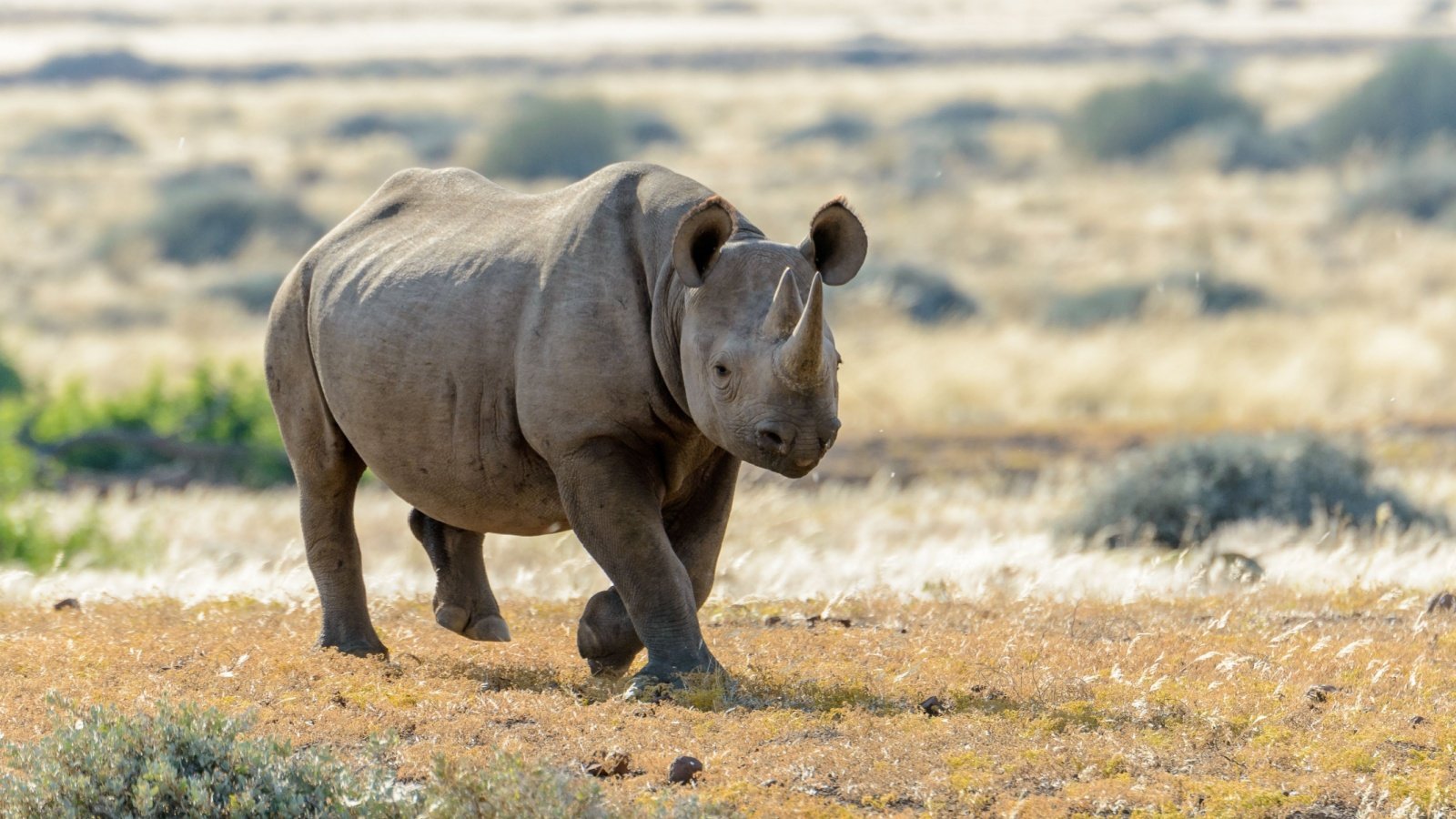In the world of nature, some animals play a game of hide and seek, appearing so seldom that their very existence becomes the stuff of legend. These elusive creatures, ranging from the icy waters of the Arctic to the dense forests of the Congo, offer a glimpse into the diversity and mystery of the natural world.
Spotting one of these rarities provides not only a thrill but also a poignant reminder of our planet’s vast and varied life forms. This exploration into the world of seldom-seen animals reveals both their struggles for survival and the ongoing efforts to conserve their habitats.
Snow Leopard
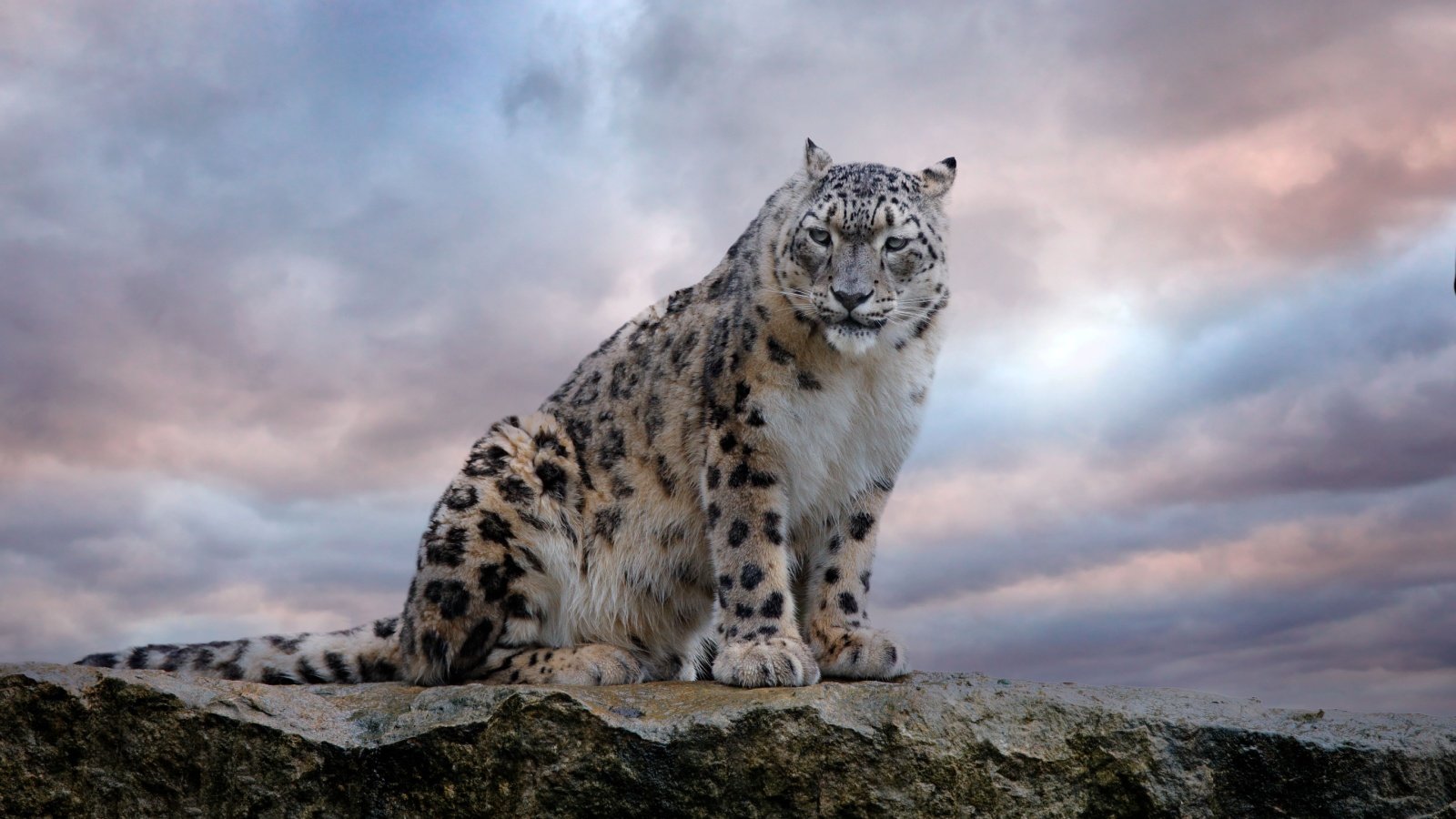
Elusive and majestic, the snow leopard is a solitary creature that thrives in the harsh, rugged terrains of Central Asia. Its pale, smoky-gray coat, patterned with dark rosettes, provides near-perfect camouflage in snowy landscapes. Sighting one in the wild is a rare treat, typically reserved for the most patient of wildlife enthusiasts.
Narwhal
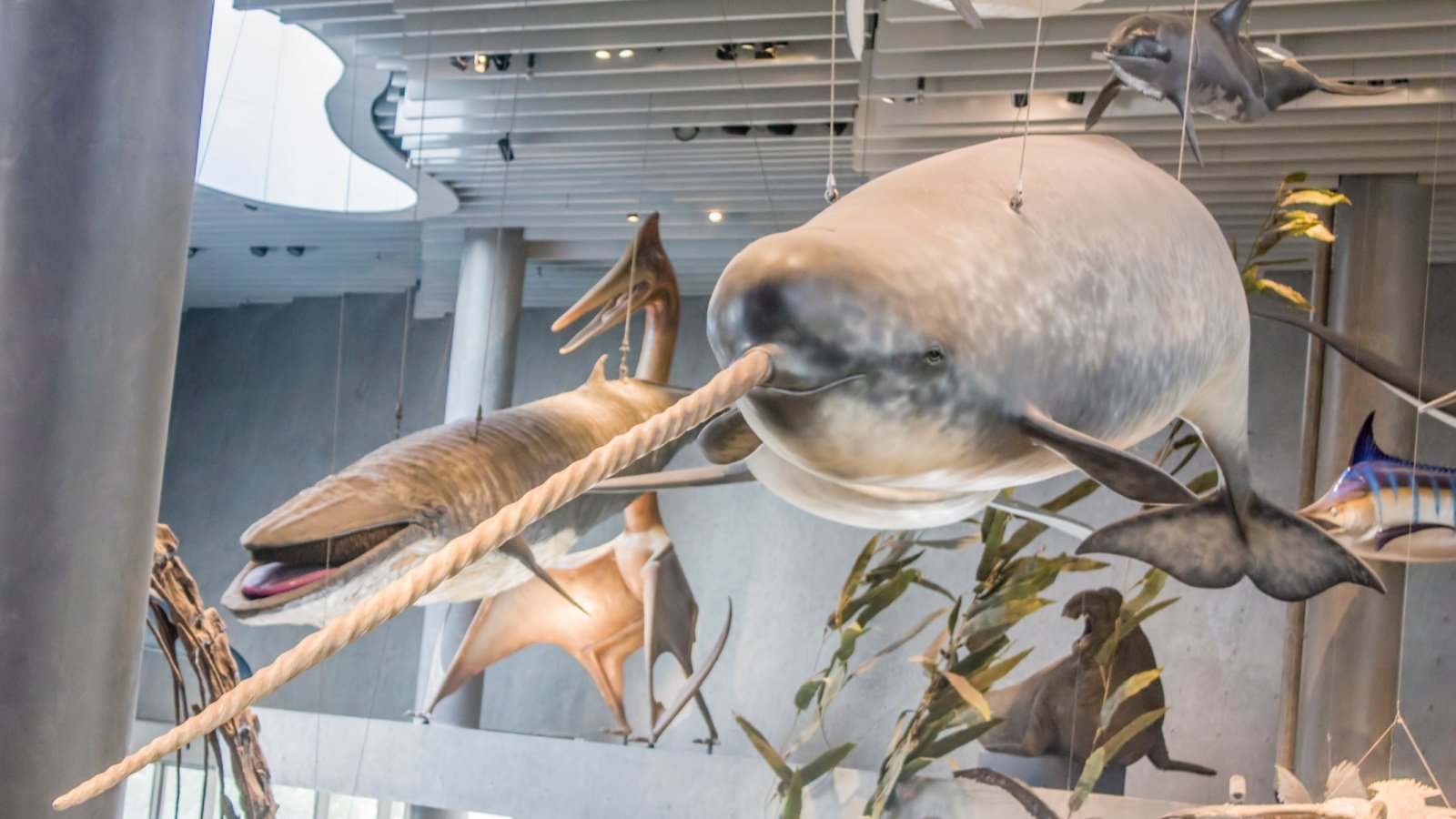
Known as the “unicorns of the sea,” narwhals inhabit the icy waters of the Arctic. Their distinctive long, spiral tusk is actually an enlarged tooth, which has fascinated and mystified observers for centuries. These marine mammals are rarely seen by humans due to their remote and harsh habitats.
Amur Leopard
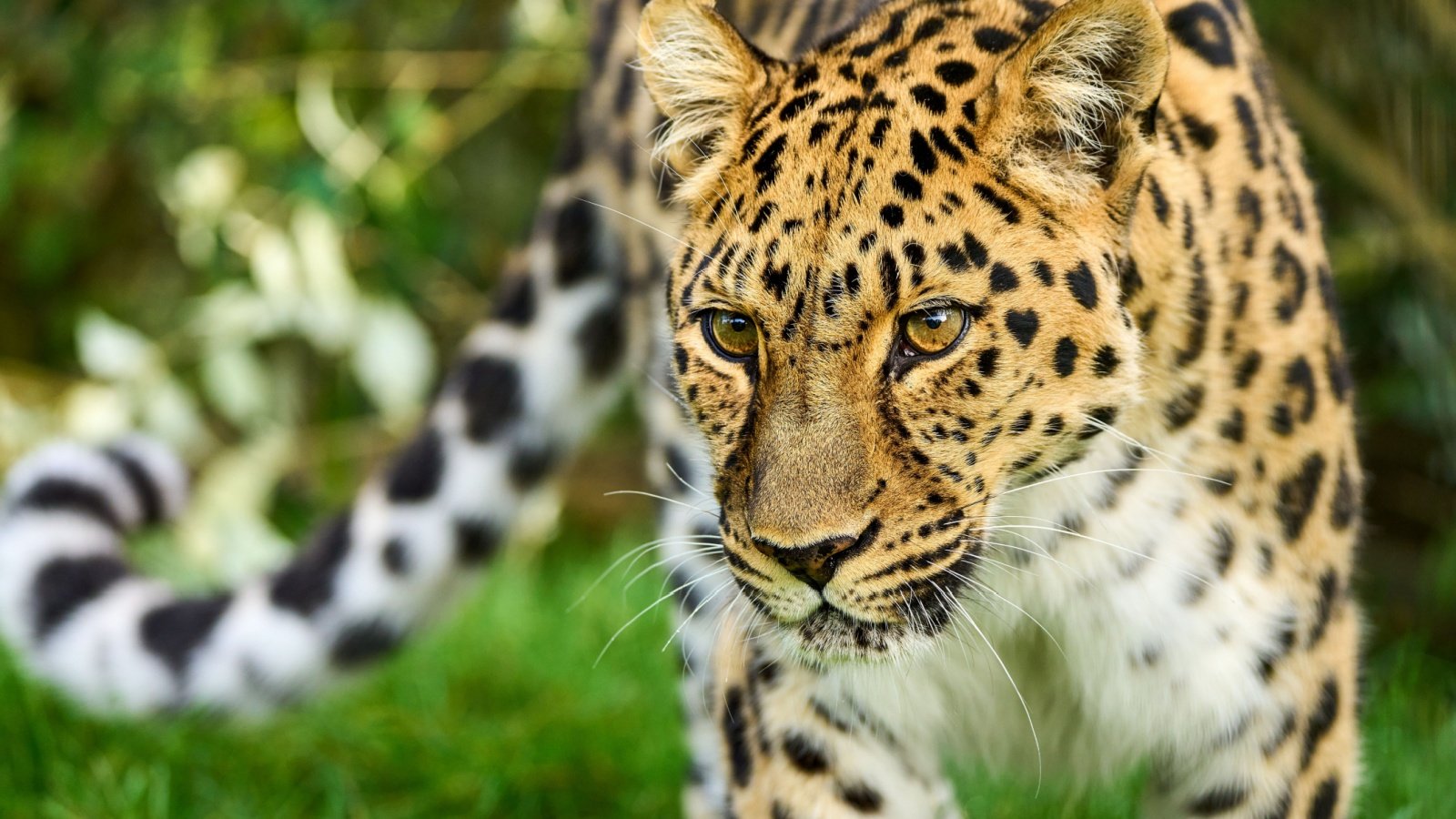
With fewer than 100 individuals left in the wild, the Amur leopard is one of the world’s most endangered big cats. Native to the temperate forests of eastern Russia and China, this leopard is adapted to life in cold environments. Its strikingly beautiful coat and graceful demeanor make sightings a profoundly rare and special event.
Saola
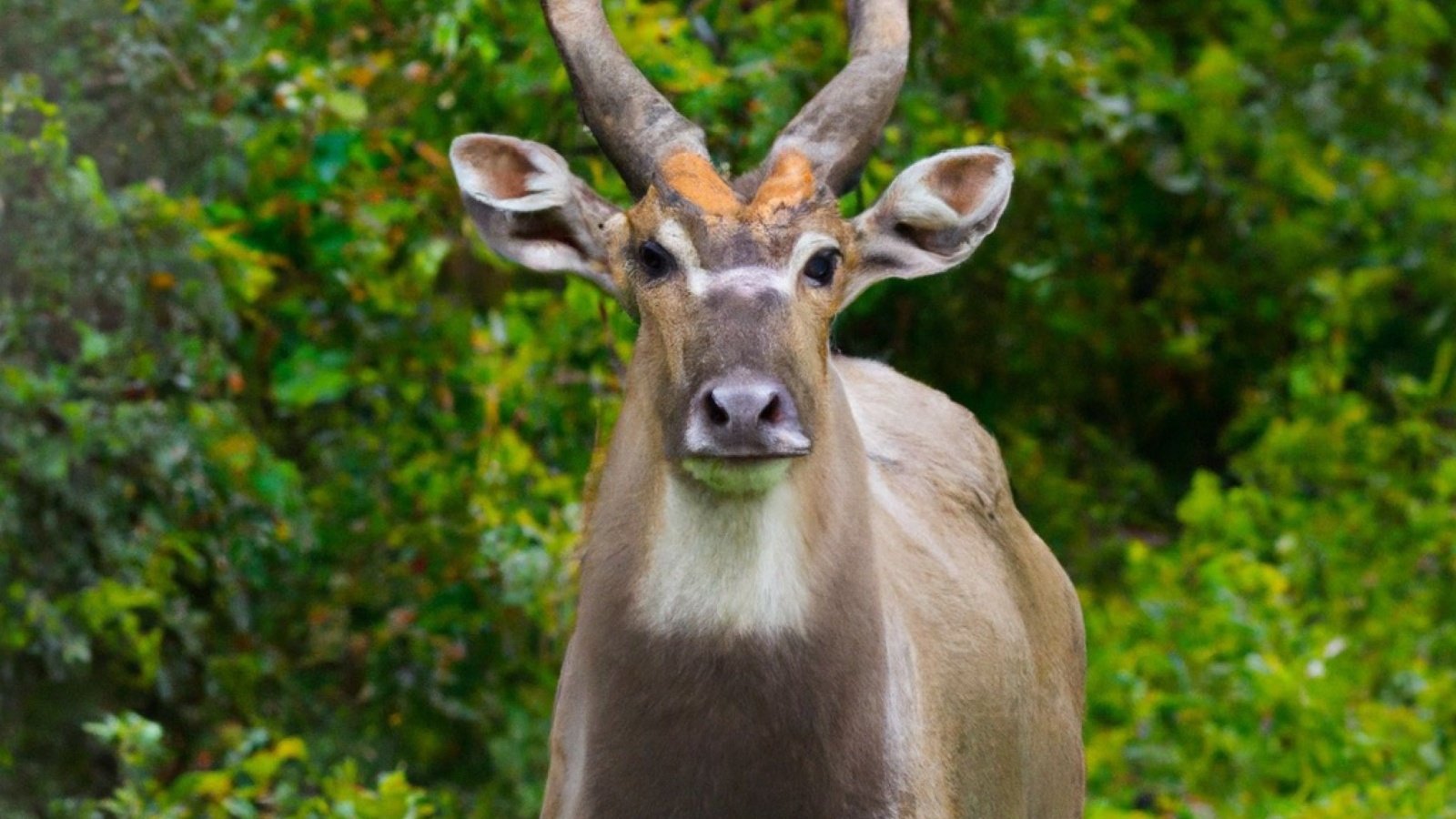
Discovered only in 1992 in Vietnam, the saola is a rare bovine known as the “Asian Unicorn.” It inhabits the Annamite Range’s dense forests, and due to its secluded habitat, it is seldom seen. The saola remains one of the most mysterious large mammals in the world due to its scarce appearances.
Javan Rhino
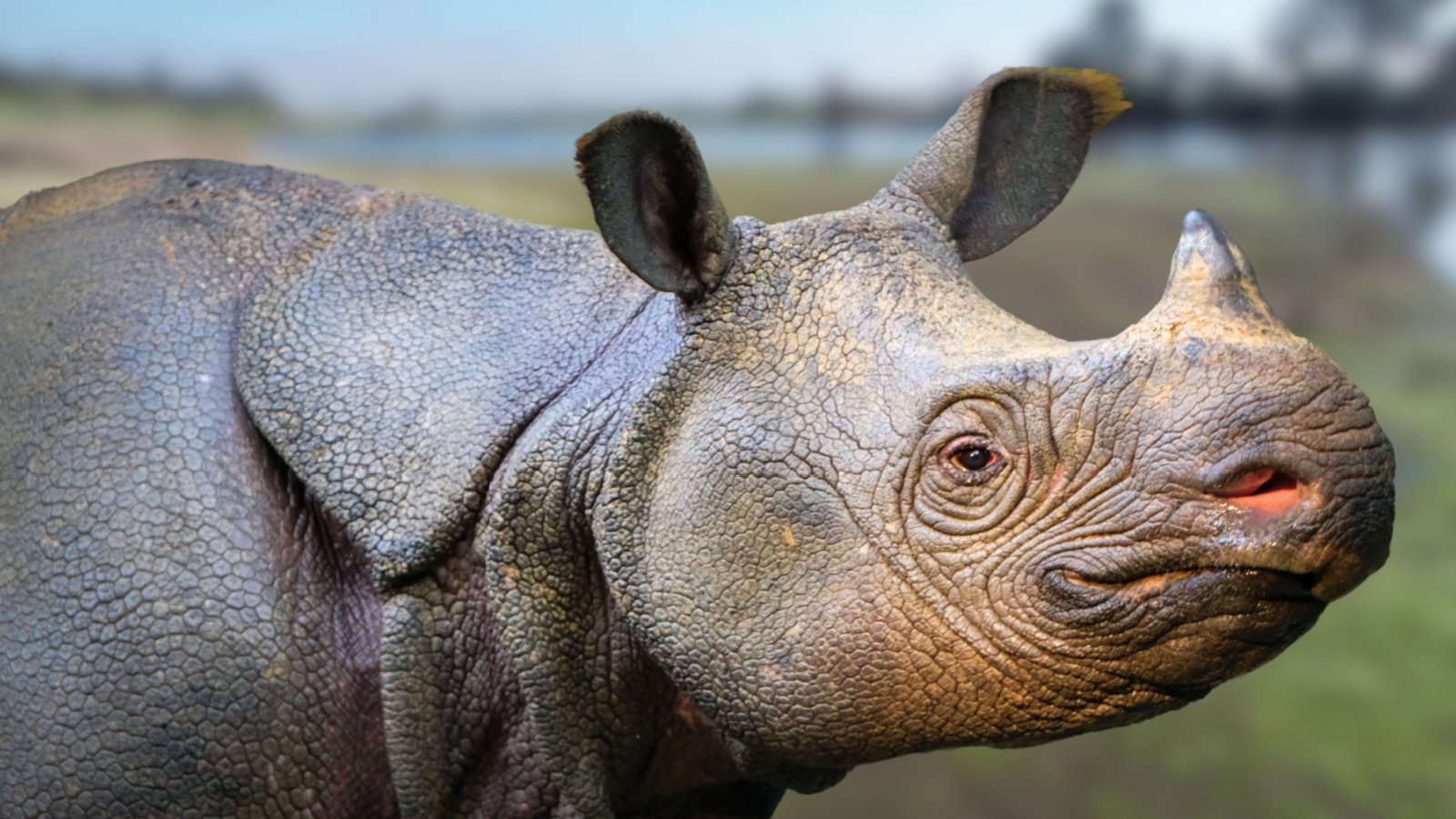
The Javan rhino is one of the rarest rhinos in the world, with only about 74 living in Ujung Kulon National Park in Indonesia. This prehistoric-looking beast prefers dense lowland rainforests, swamps, and reed beds that are typically inaccessible to humans. Their critically endangered status and secretive nature make them a very rare sight.
Kakapo
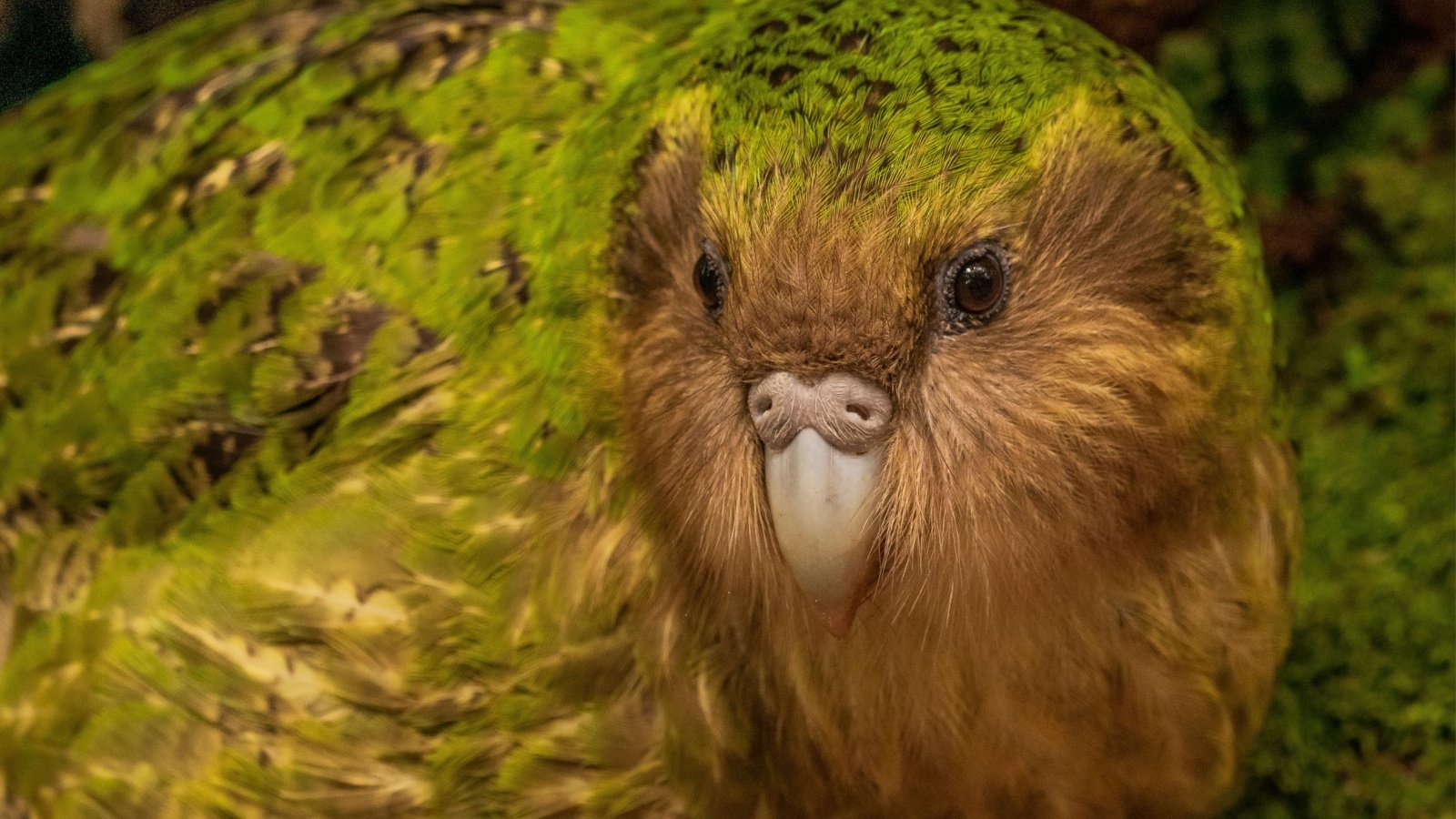
The kakapo is a flightless parrot native to New Zealand, known for its owl-like face and mossy green feathers. It is nocturnal and critically endangered, with a known population of fewer than 250 birds. Due to intensive conservation efforts, sightings are limited to managed habitats on protected islands.
Vaquita
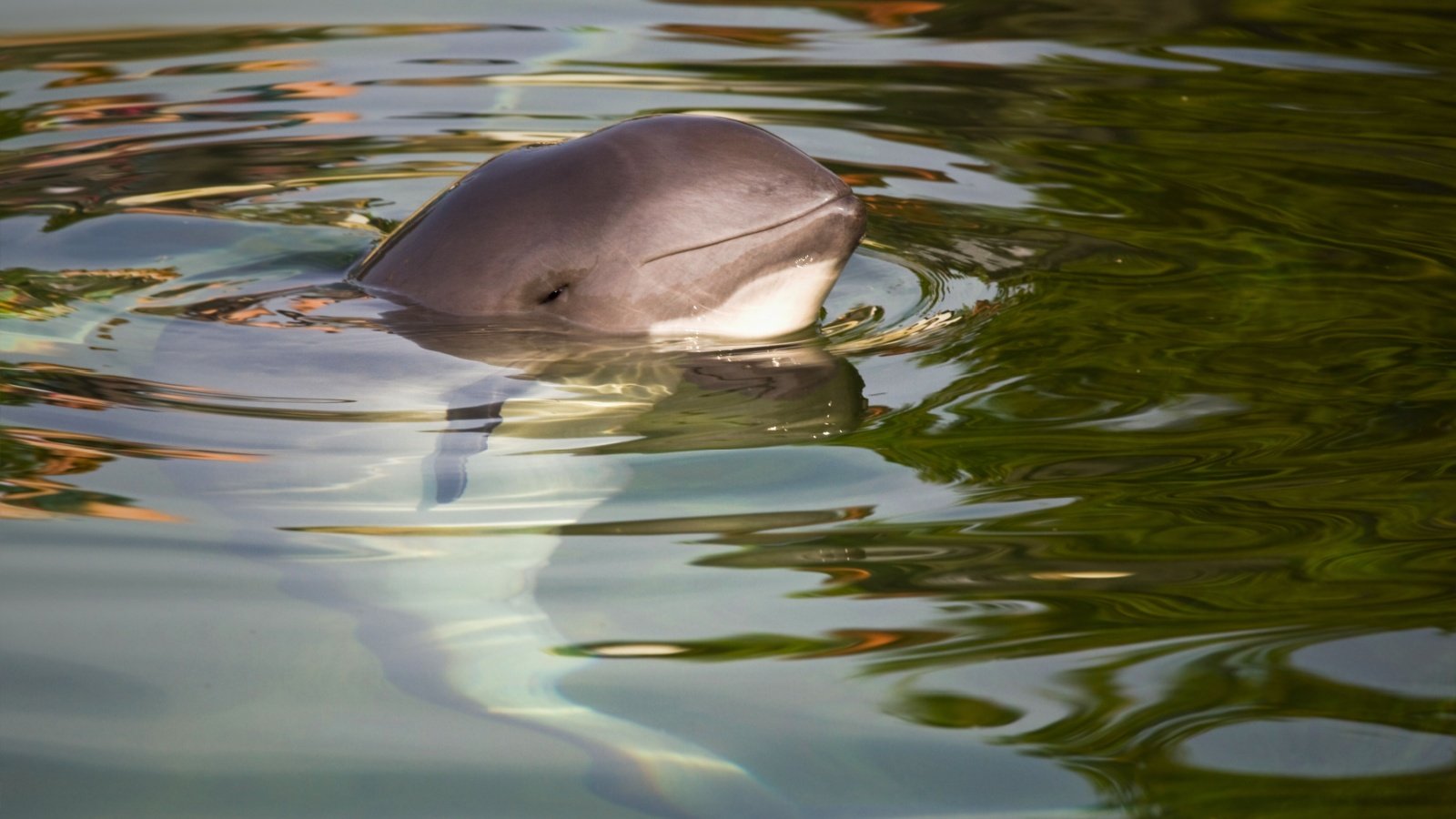
The vaquita is a small porpoise species found only in the northern part of the Gulf of California. With the population plummeting to less than 20, it is the world’s most endangered marine mammal. Illegal fishing activities have severely impacted their numbers, making any sighting extremely rare.
Giant Squid
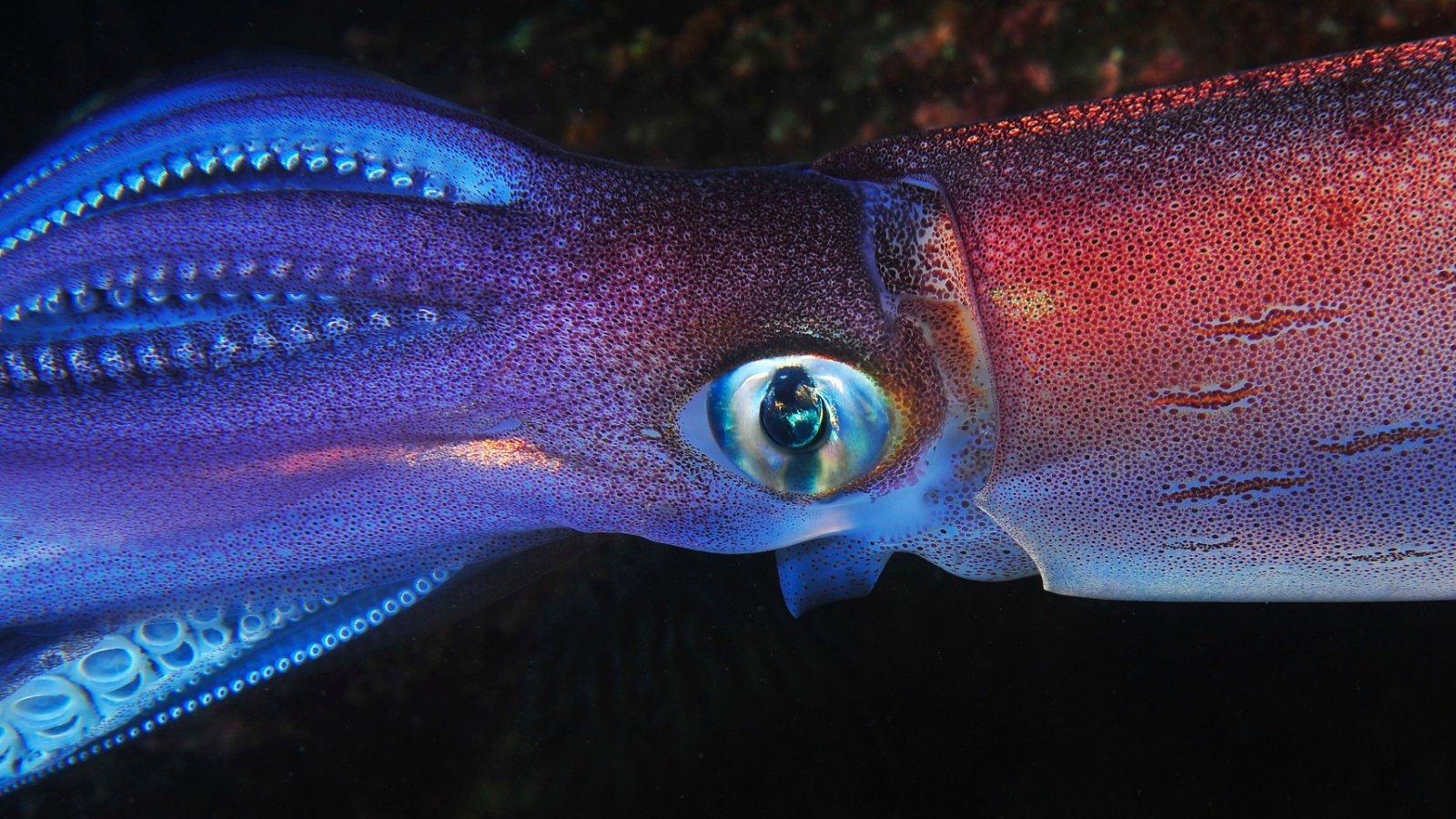
The giant squid remains one of the ocean’s most enigmatic creatures, rarely seen alive in its deep-sea habitat. It can grow up to 43 feet in length and has been the subject of many maritime legends. Sightings usually come from accidental captures or washed-up specimens, making live observations a scientific rarity.
Ghost Cat
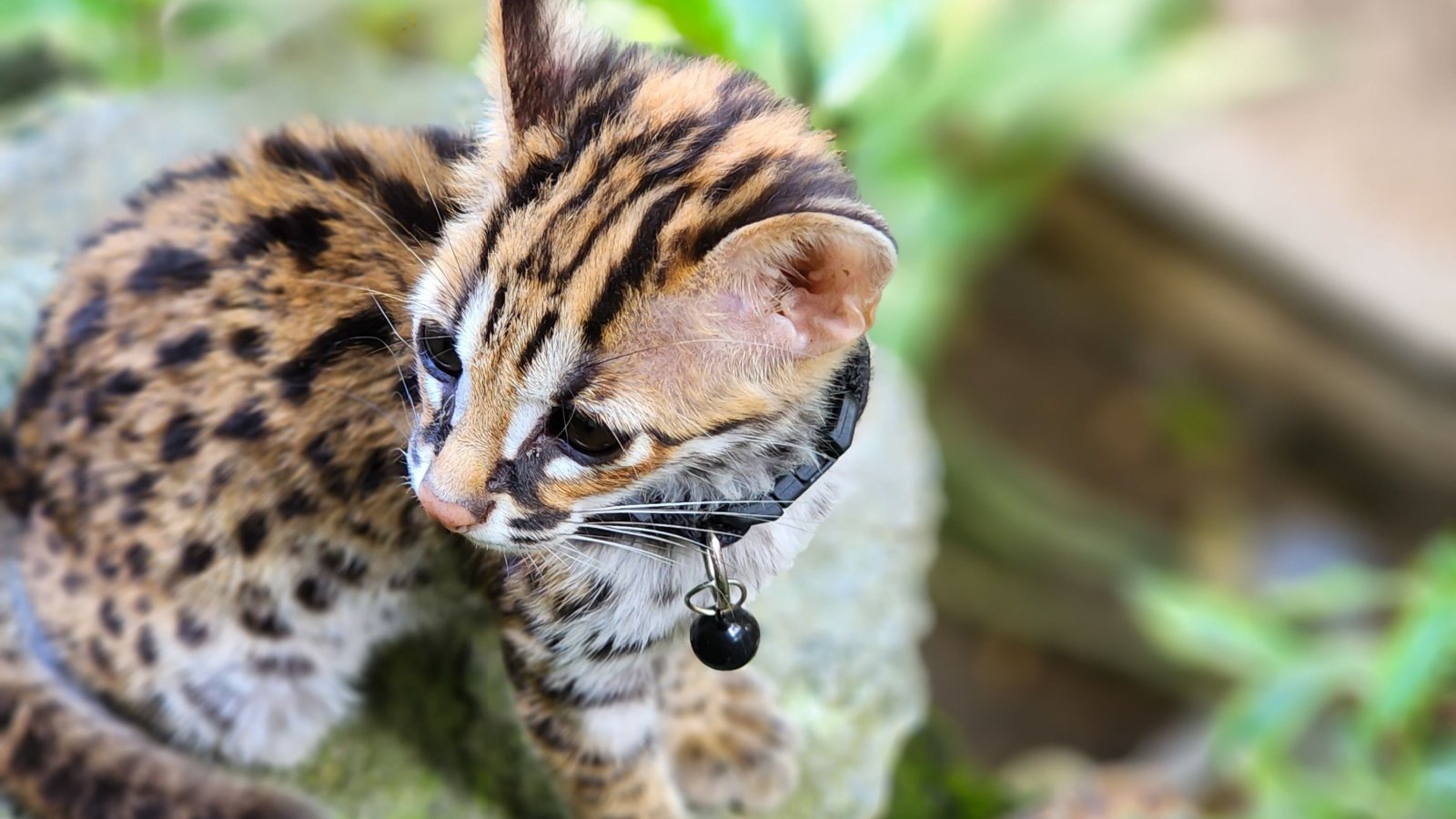
Also known as the bay cat, this small wild cat is found exclusively on the island of Borneo. Characterized by its chestnut or grey coat and secretive nature, the ghost cat is rarely seen, even by the most experienced researchers. The destruction of its rainforest habitat poses a significant threat to its already obscure existence.
Angel Shark
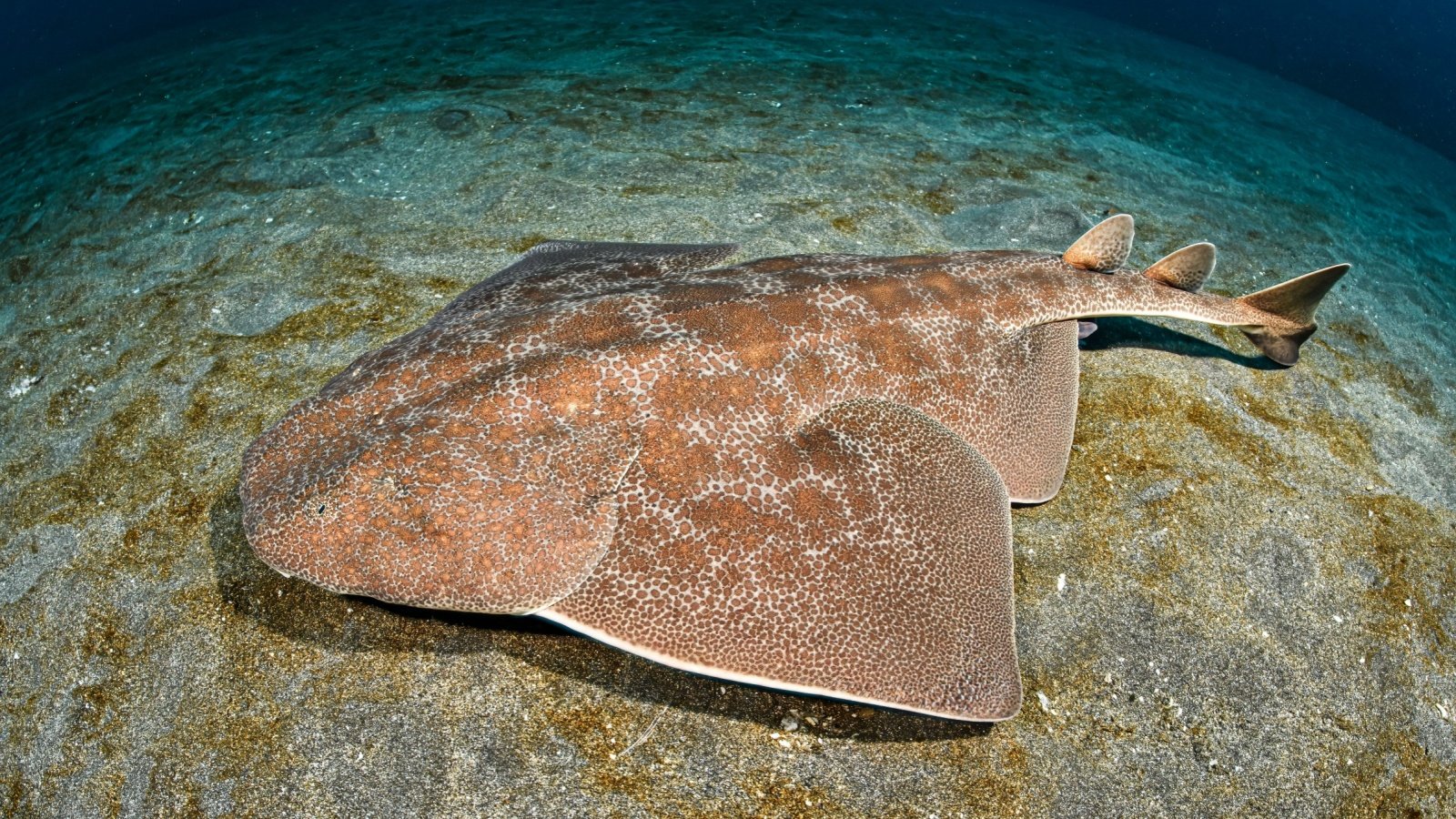
The angel shark’s flat body and wide pectoral fins allow it to blend seamlessly with the sandy ocean floor. Once common across the European seaboard, intense fishing pressures have driven it to near extinction. Now, it is rarely spotted, camouflaged as it waits for unsuspecting prey.
Gobi Bear
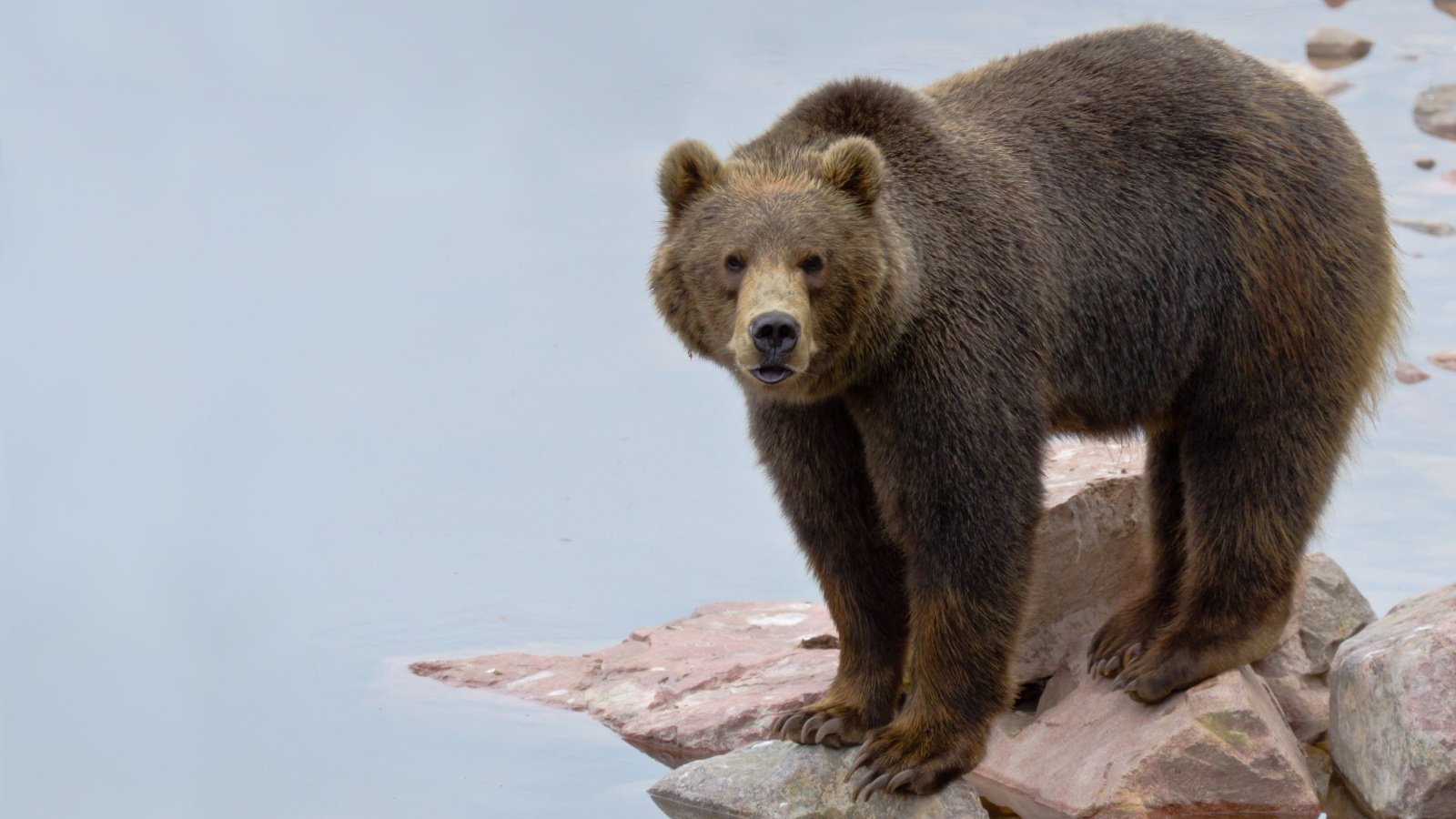
The Gobi bear, living in the Gobi Desert of Mongolia, is one of the rarest bears on Earth, with fewer than 50 individuals believed to exist. This bear species has adapted to an extremely arid environment, a unique trait among bears. Sightings are so rare that the Gobi bear often seems more like a myth than a real animal.
Imperial Amazon
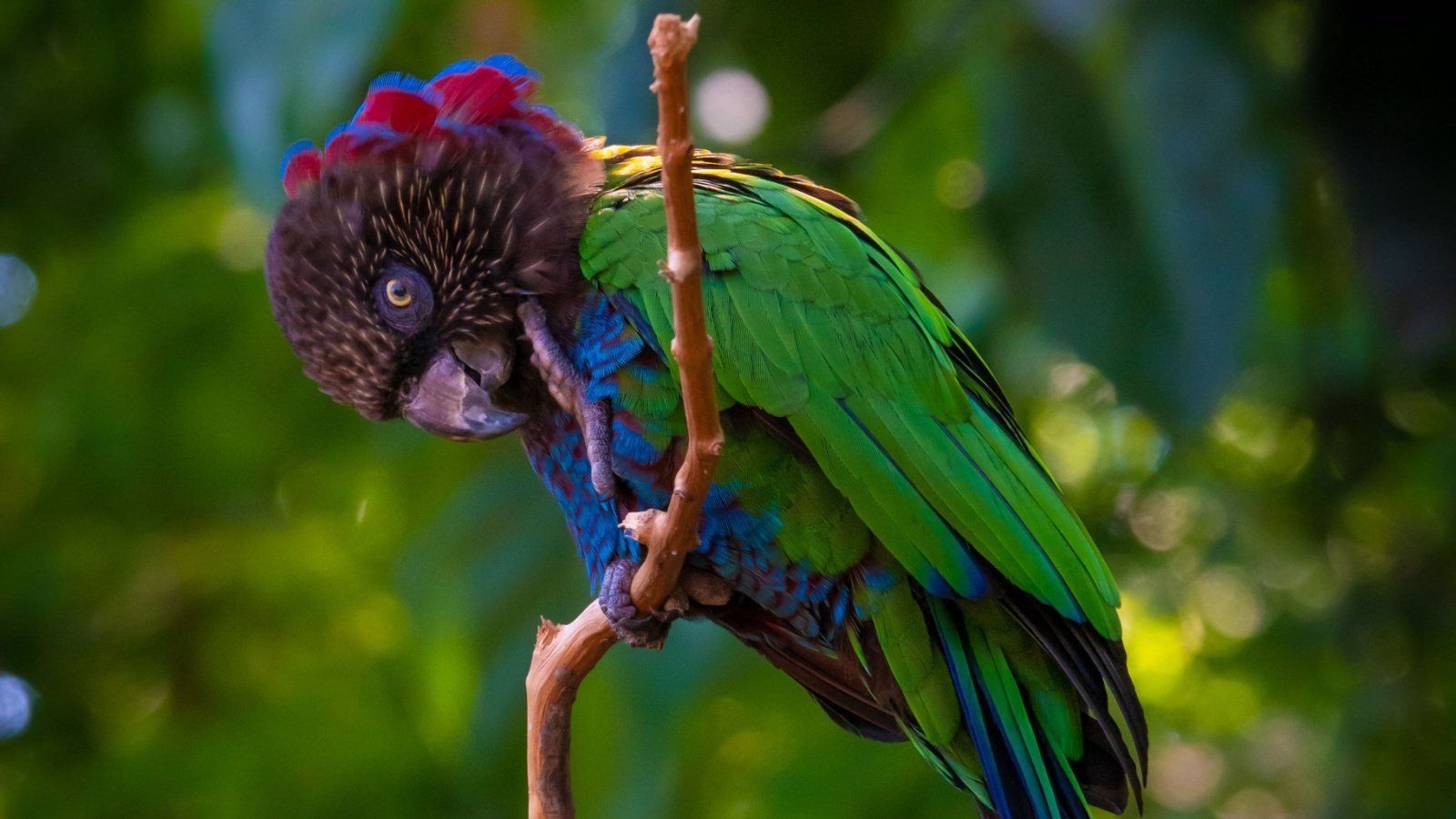
The Imperial Amazon parrot, native to the Caribbean island of Dominica, sports a brilliant mix of green, purple, and blue feathers. Its numbers are so low that it is often considered one of the rarest birds in the world. Habitat destruction and hurricanes continue to threaten its already small population.
Okapi
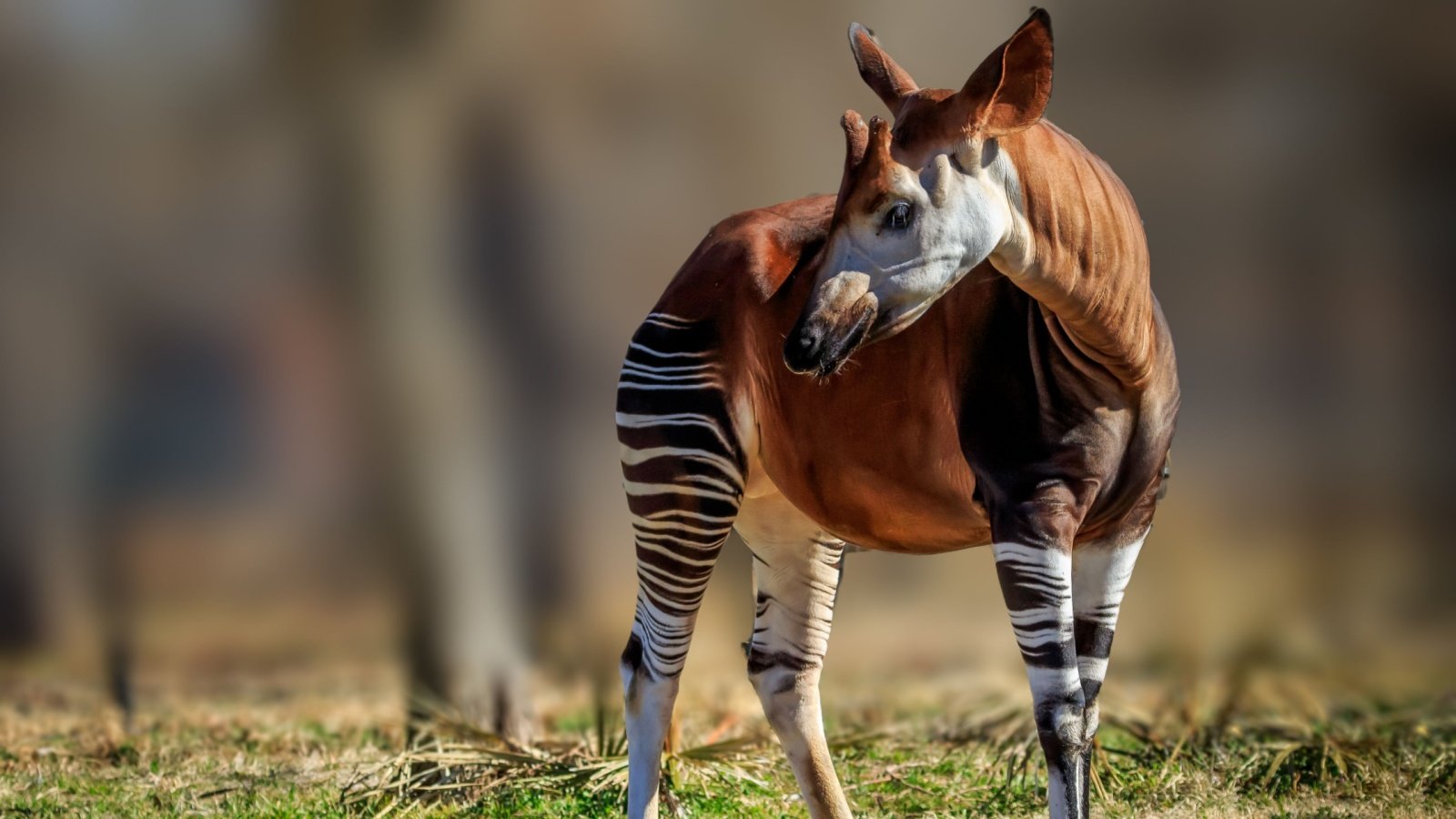
Known as the forest giraffe, the okapi is a shy animal living in the dense rainforests of the Congo. Its striped hindquarters may remind one of the zebras, but it is actually related to the giraffe. The okapi’s secluded habitat and cryptic nature make it a rare sight, even in its native range.
Sumatran Rhino
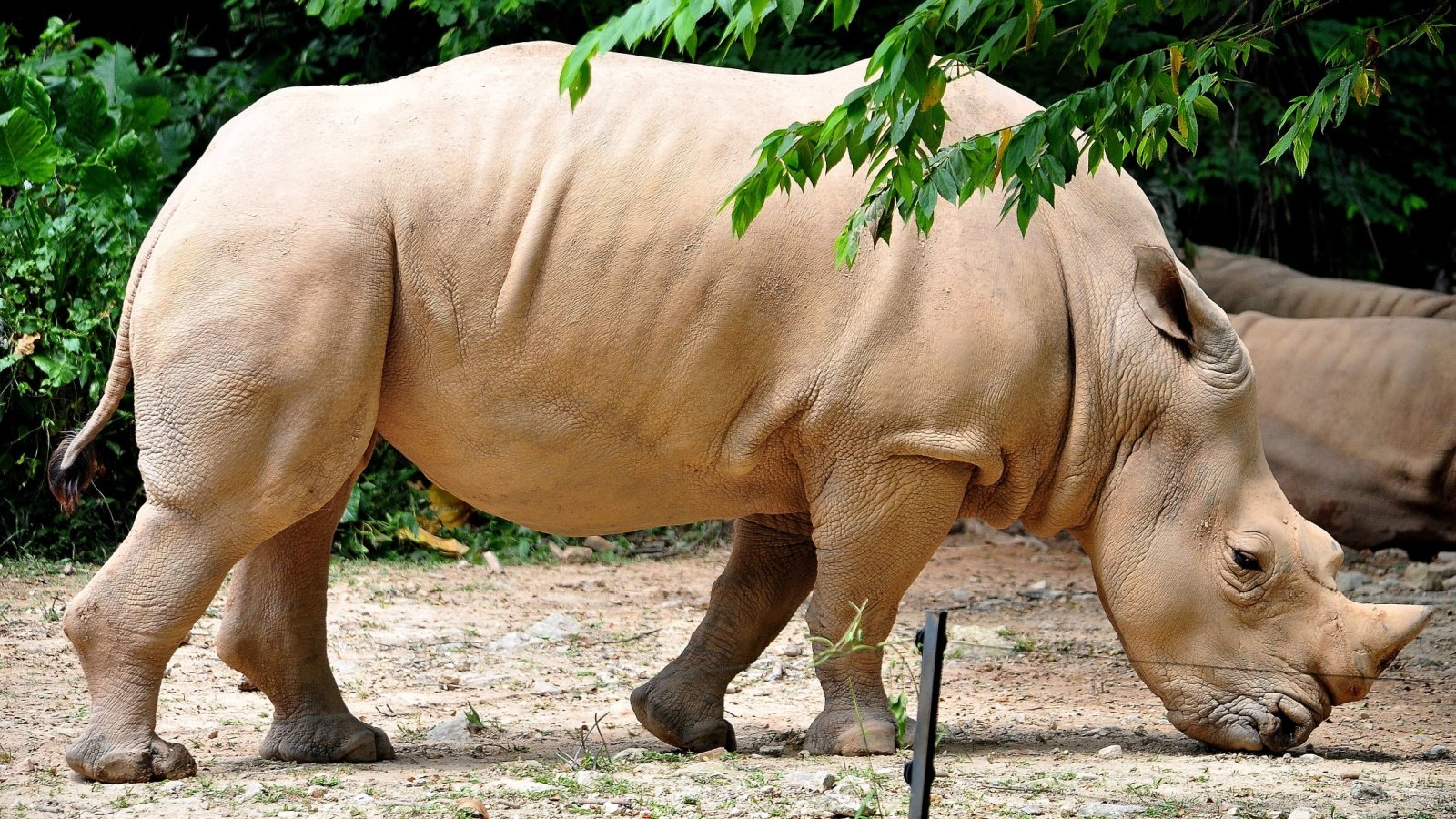
The Sumatran rhino is the smallest of the living rhinoceroses and the only Asian rhino with two horns. Populations are critically endangered and dispersed across parts of Indonesia, primarily due to poaching and habitat loss. Sightings in the wild are so rare they are considered once-in-a-lifetime events.
Florida Panther
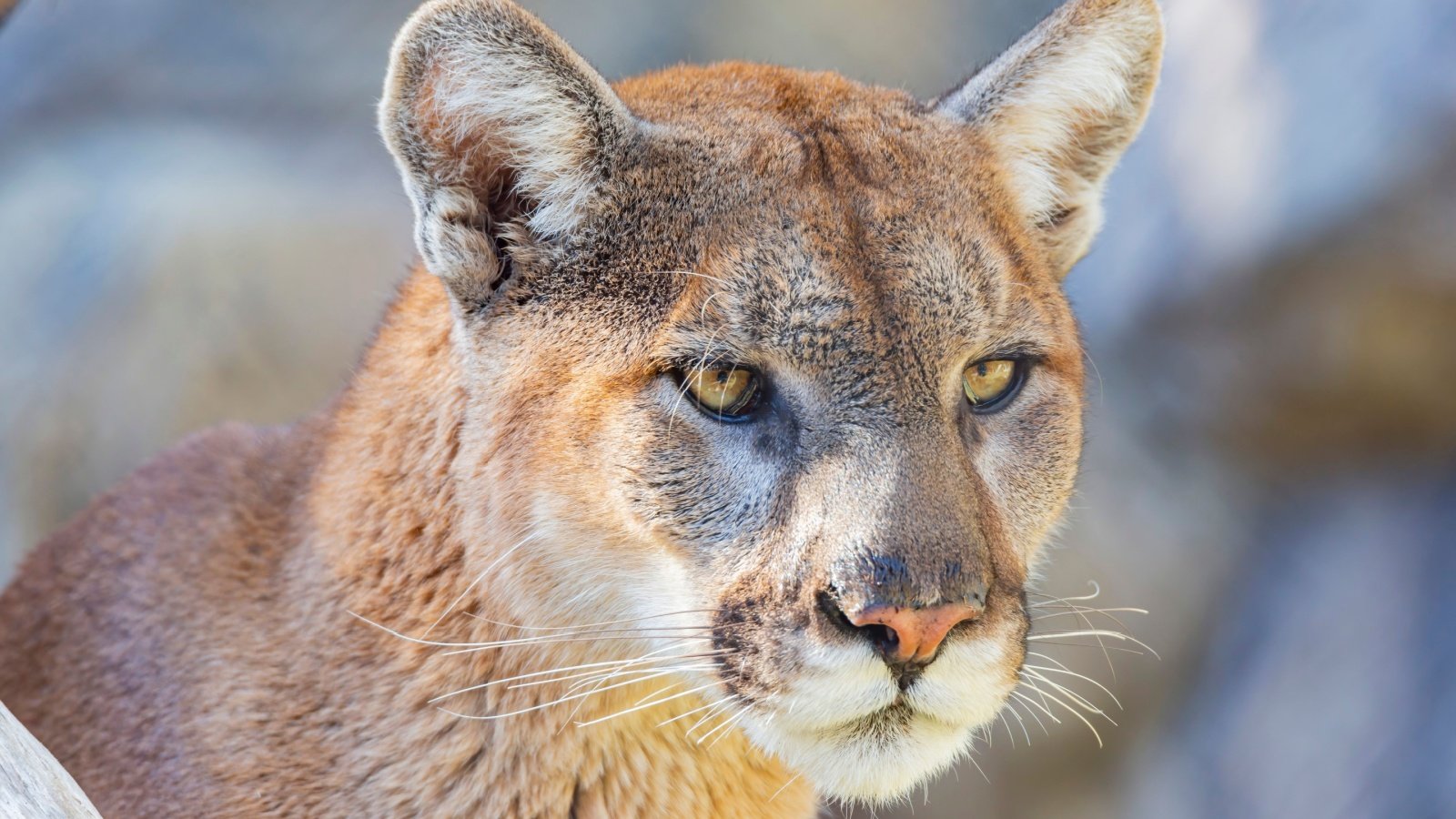
Once roaming the entire Southeast United States, the Florida panther now primarily lives in the swamps and forests of southern Florida. This subspecies of cougar is critically endangered, with its population estimated to be less than 200. Urban development and collisions with vehicles are constant threats to their already dwindling numbers.
Chinese Giant Salamander
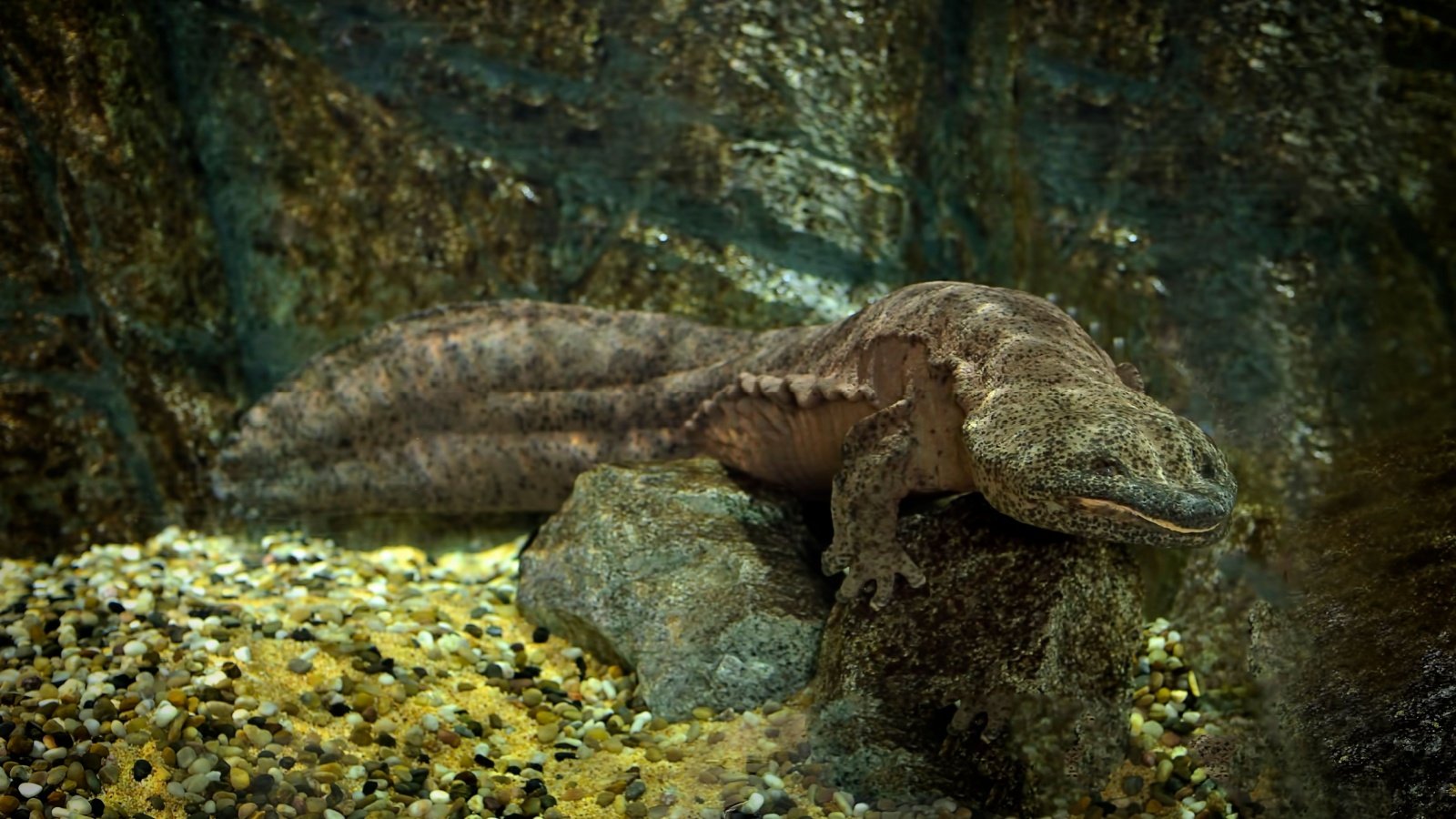
The Chinese giant salamander can grow up to six feet long, making it the largest salamander in the world. Found in the rocky mountain streams and lakes of China, it is critically endangered due to habitat loss, pollution, and poaching. Its rare sightings are often unexpected and regarded as significant due to its secretive lifestyle.
Nocturnal Lemur
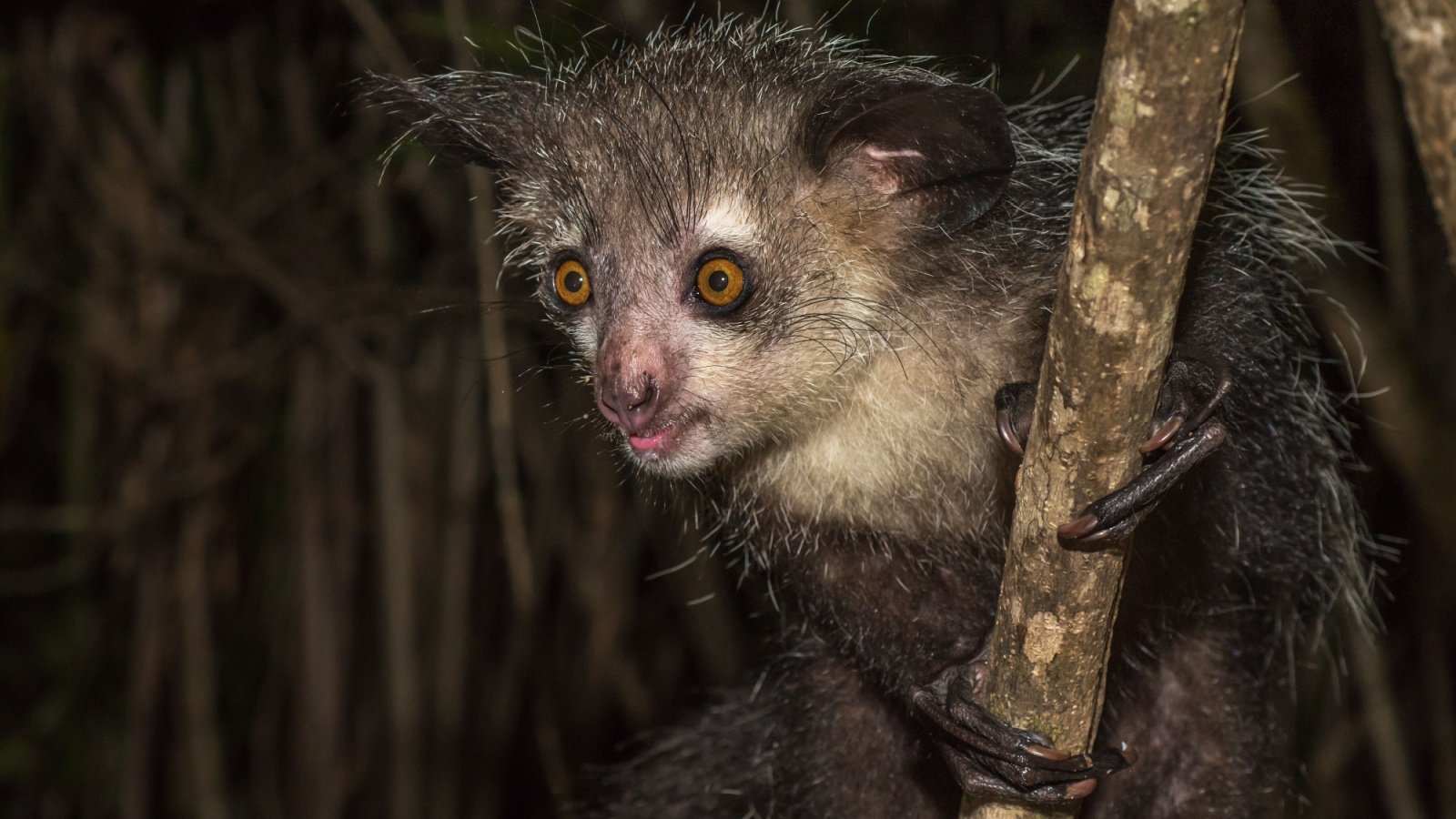
The nocturnal aye-aye lemur of Madagascar is as elusive as it is unique, known for its distinctive long middle finger used to tap on trees to find grubs. Its unusual appearance and nocturnal habits make it one of the least observed of all lemurs. Local superstitions and habitat destruction have made sightings of this rare primate even scarcer.
Attenborough’s Pitcher Plant
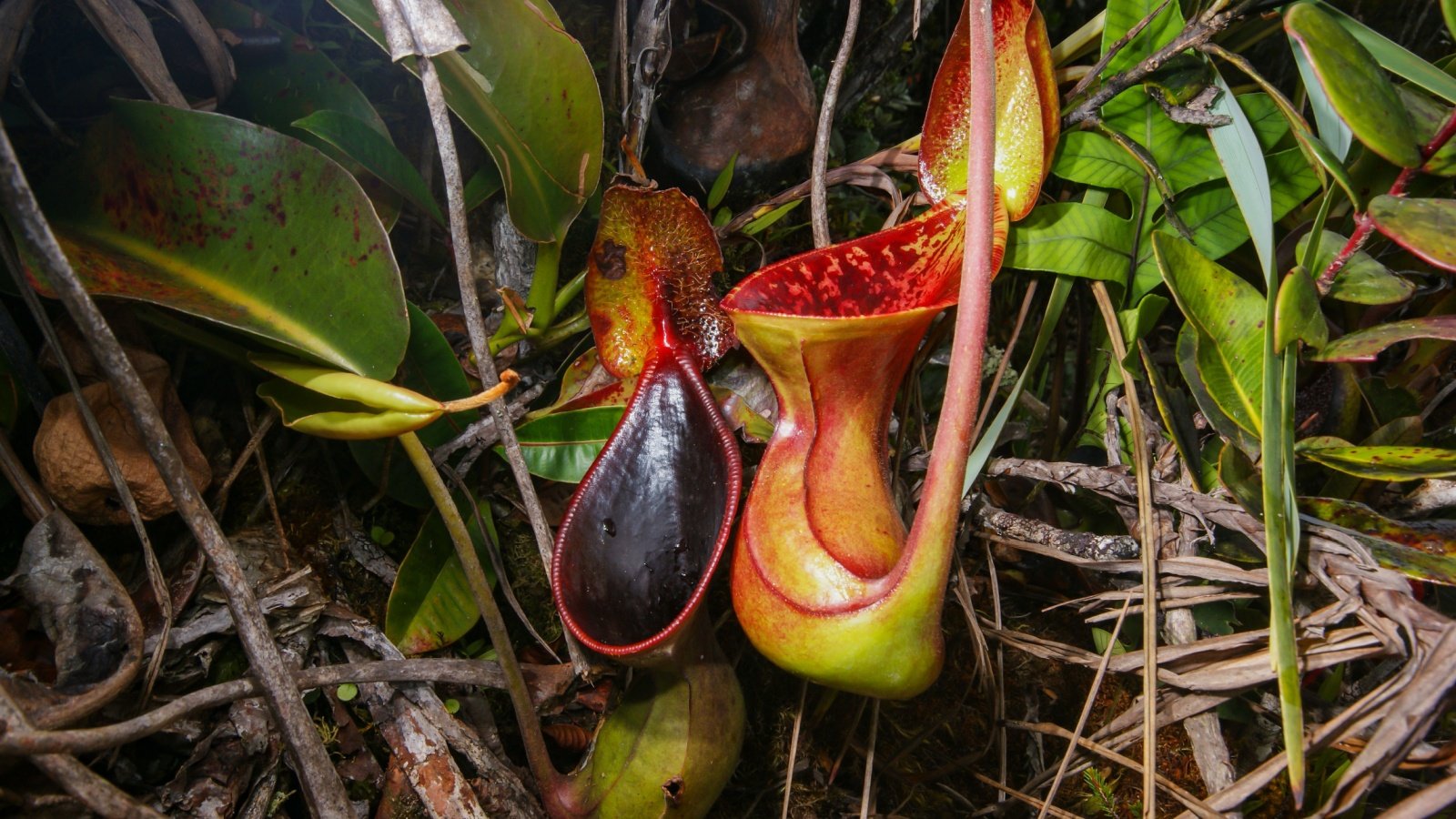
Discovered by researchers on a Philippine mountaintop and named after Sir David Attenborough, this large carnivorous plant is as rare as it is remarkable. It’s known for its ability to trap and digest small animals with its pitcher-shaped leaves. The plant’s remote location and specific climatic needs make it a rarity seen by few.
Wolverine
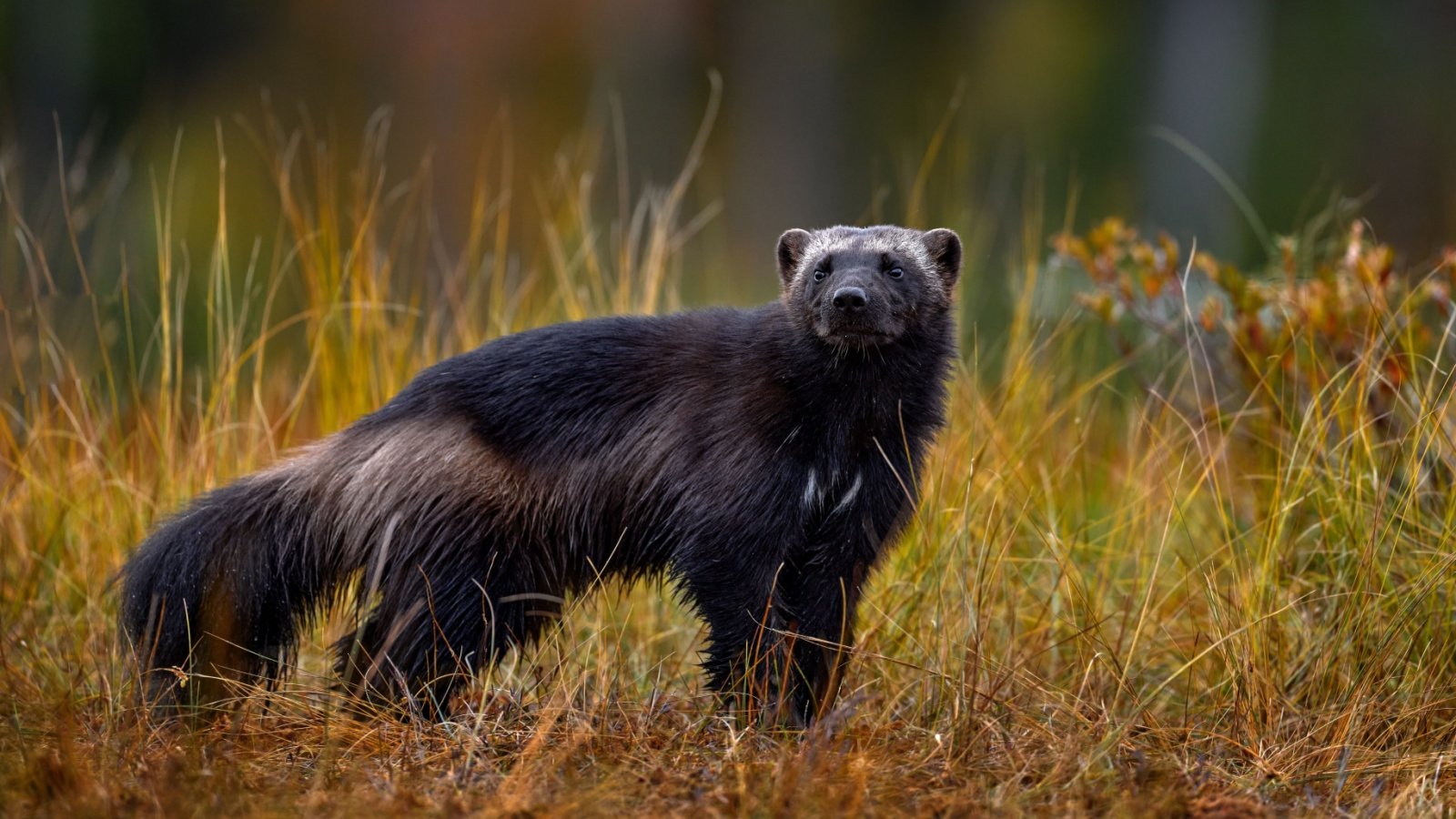
Known for its strength and ferocity, the wolverine is a solitary creature inhabiting the remote boreal forests and subarctic tundra of the northern hemisphere. Sightings are rare due to its vast roaming range and reclusive nature. This elusive mammal is more often tracked by its signs than seen in person.
Yangtze Finless Porpoise
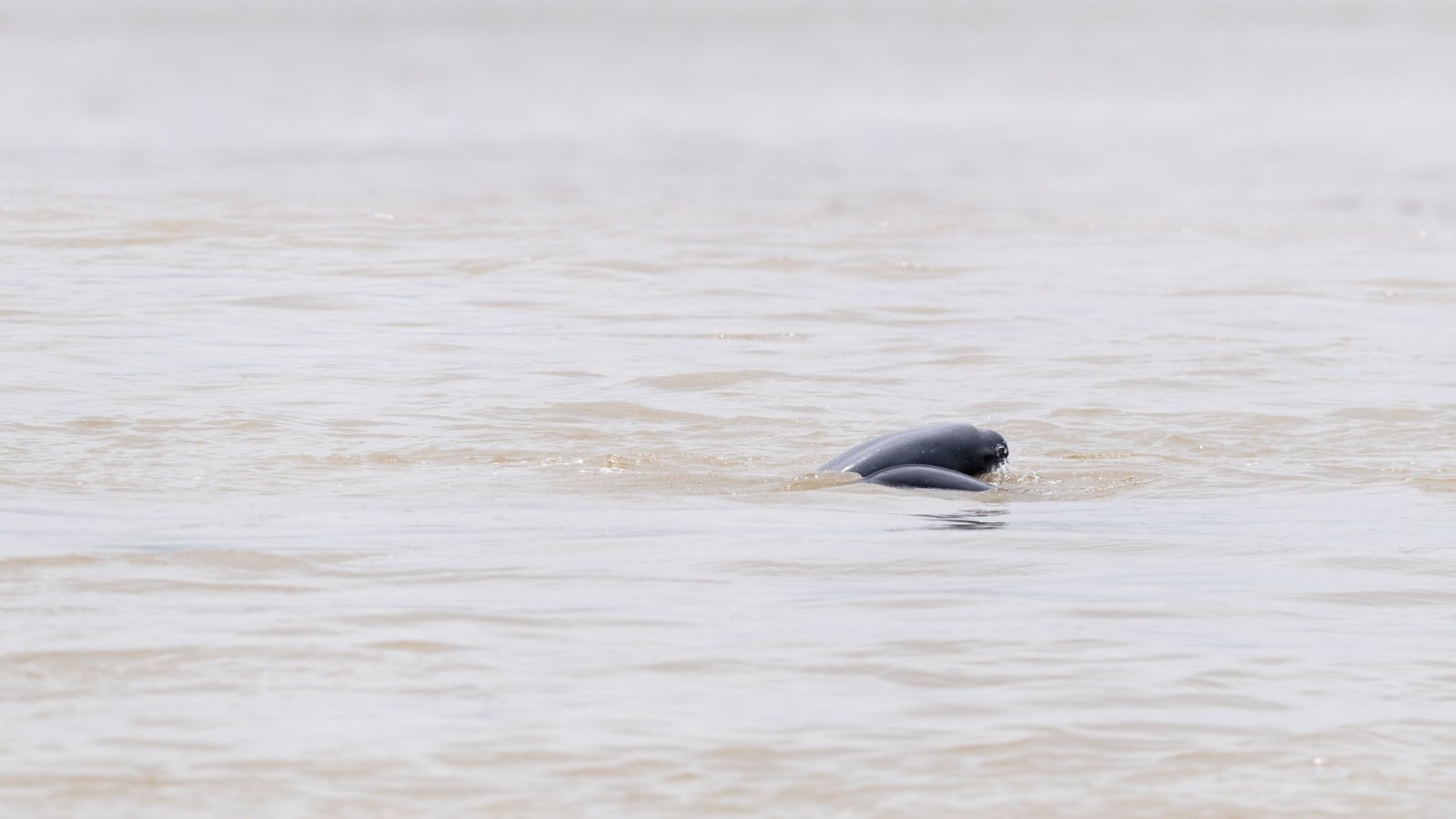
The Yangtze finless porpoise, inhabiting China’s Yangtze River, is known for its intelligence and friendly demeanor. This freshwater porpoise is critically endangered, with pollution and heavy river traffic being significant threats. Sightings have become increasingly rare as their numbers continue to decline.
Northern Hairy-Nosed Wombat
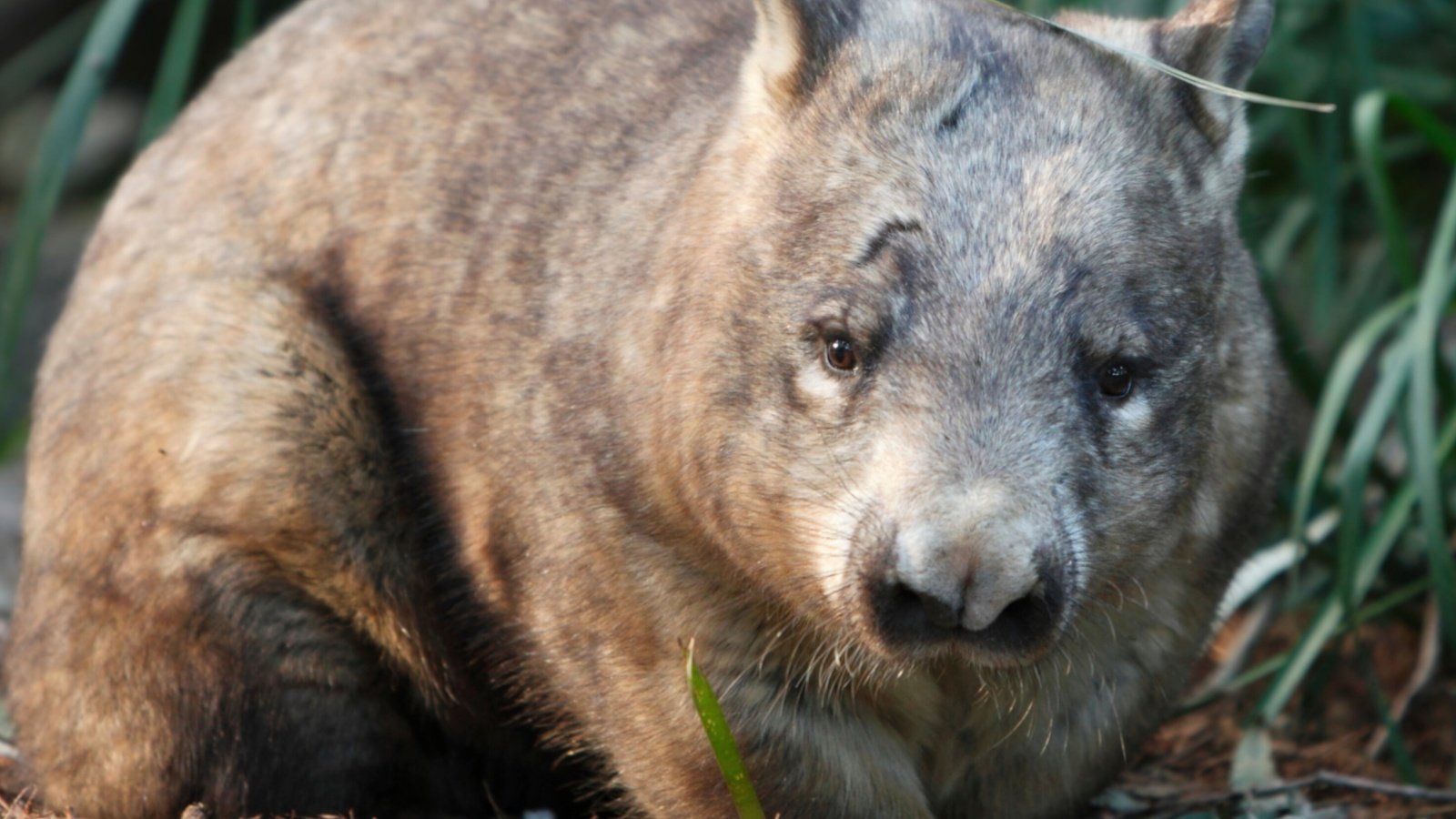
One of the world’s rarest large mammals, the Northern hairy-nosed wombat is confined to a single protected area in Queensland, Australia. With fewer than 250 individuals left, this species is slightly larger and differs from its relatives by its softer, silkier fur. Conservation efforts are intense, and public sightings are extremely rare, reserved for scientists and conservationists working to save them from extinction.



